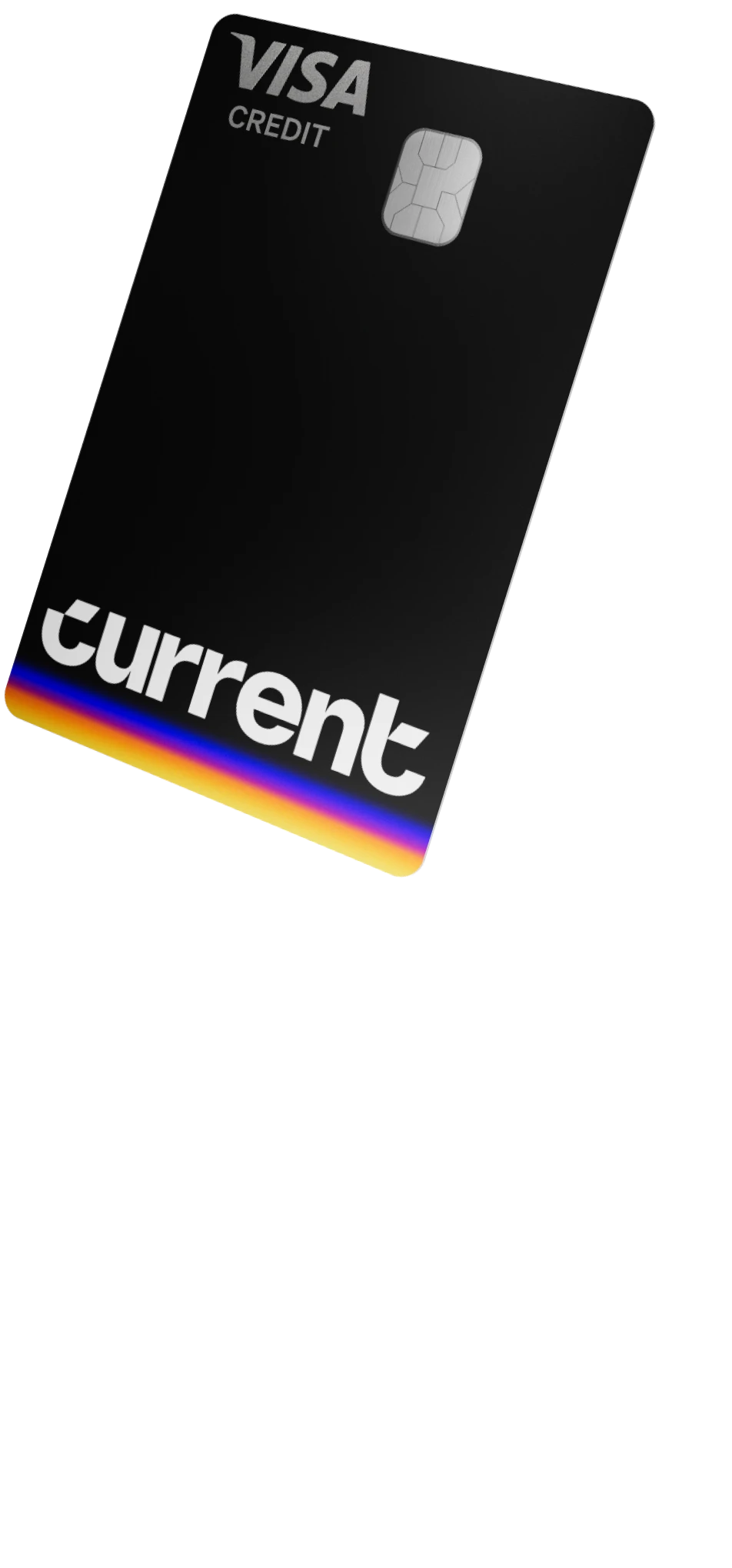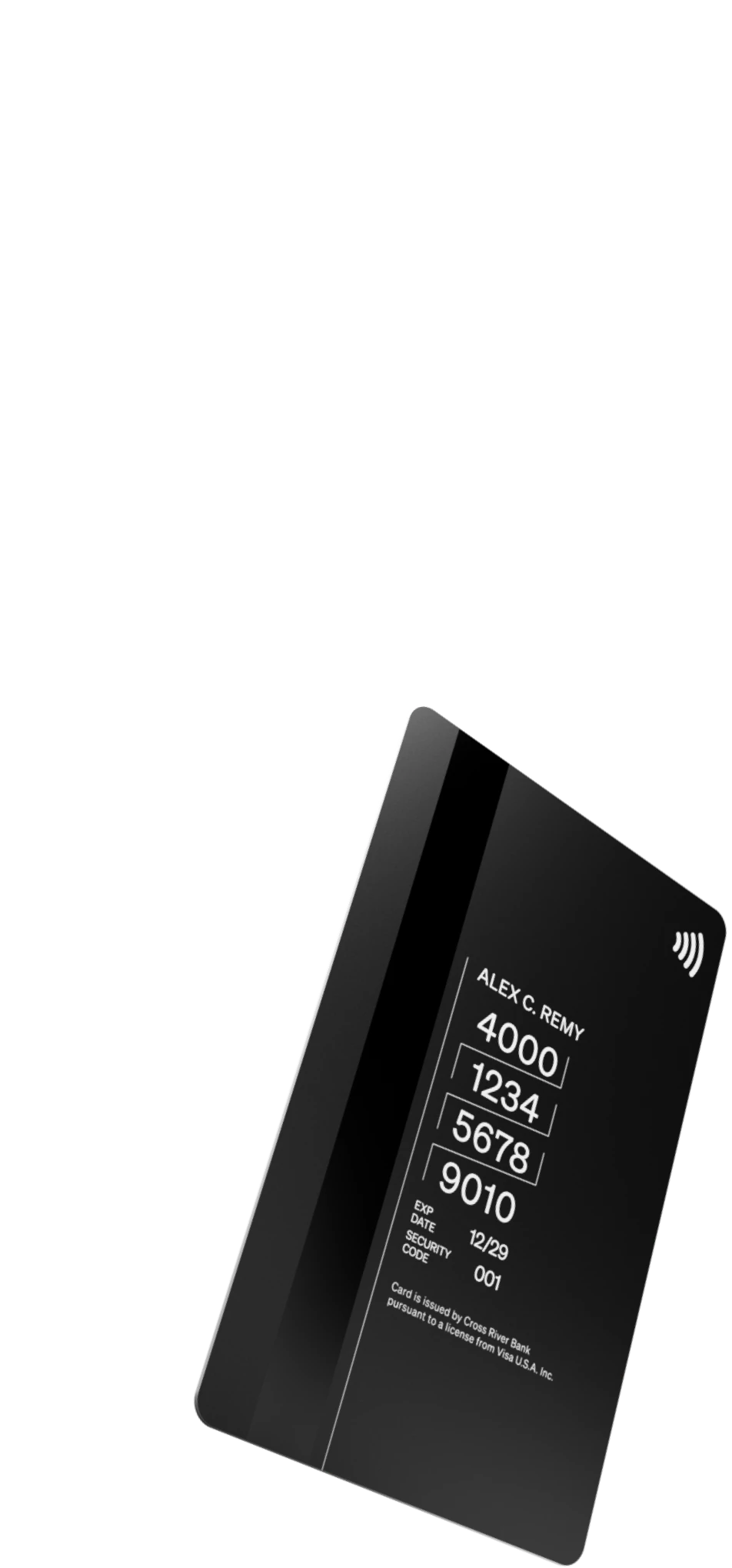Gas Station Charges: How Long They Take

When you insert your card at the pump, a gas station does not know how much gas you’ll be buying and therefore, places a pre-authorization hold to make sure you have enough money to pay for the whole purchase.
With most financial institutions, it can take up to five days for the hold to drop off your account, but Current members get their unspent money returned immediately.
What Are Pre-authorization Charges?
Paying for gas with a card is not an instantaneous process. The gas station has to first verify that the card is active and valid, and only then will it start pumping gas. This is because buying gas is not like buying a product at a convenience store. An employee cannot simply return gas to the shelf if the card is declined.
The way this works is by the gas station sending what is called a “pre-authorization charge” of $1 in the case of credit cards, and up to $75 in the case of most debit cards. If that charge is approved without throwing up any red flags, the gas station’s pump will become active for you to start filling up your car.
Only after the gas is pumped and the sale is finalized will the gas station (specifically, the gas company) submit the final purchase total to the credit card company for reimbursement (replacing the pre-authorization charge). This is because no one — not you, not the gas company — will know how much to actually charge you for your gas purchase until you replace the fuel nozzle to complete the process (unlike most other products and services that have a fixed price).
How Long Does It Take?
The pre-authorization process takes some time to go through, so you might be wondering how long it takes for a gas station to actually charge your card. The answer is three to five days, the same period of time it takes when booking a hotel room or renting a car with a credit card. The exception to this is Current members, who get gas holds instantly returned so their funds aren’t tied up. But for other card holders, the vendor wants to make sure that you have an active line of credit with the financial institution that issued the card before granting you access to the product and/or service.
After the hold period expires, and there are no issues with the transaction, the charge (however much the hold amount is) is removed from the card statement and replaced with the actual total cost of the gas purchase.
Why Does It Happen?
Even though many people are unaware that it exists, the pre-authorization hold is intended to protect gas stations from people intentionally trying to pay for gas with a card that has insufficient funds. It is a normal transaction that bankers describe as an “inquiry” between the gas station and the credit card company.
Gas station charges and wait times can also apply to debit cards. Some gas stations will hold up to $75 for several days, even if you’re only purchasing $5 or $10 worth of gas. Those funds can be crucial, which is why Current offers instant gas hold removals to members.
If the debit card is attached to an account that does not have sufficient funds, and if there is no overdraft protection on the card, the transaction will simply be declined and the gas pump will not release any gas.
In the case of credit cards, being an “inquiry” between the gas company and the credit card company, the $1 pre-authorization will not appear on your monthly statement.
How It Works
To understand how and why a pre-authorization charge works, and why it takes a while for a gas station charge to show up, it’s useful to look at how using a credit card in a retail setting works. If you use your credit card in a store, your card’s information and the exact purchase amount are immediately sent to the credit card company. If they approve the sale, you take your purchases, and then pay however much they cost when your monthly statement arrives. If your card is invalid or over its limit, the card company will decline the sale, forcing you to abandon your purchase or come up with an alternate method of payment.
This doesn’t apply when you use a credit card at the pump. The gas station can’t send the purchase to the credit card company because it doesn’t know what the charge will be. When it does know, it’s too late to decline the transaction. So, the best way to verify that the credit card is good before you start pumping is to charge you a temporary $1 pre-authorization hold.
If the card is good, the credit card company will understand the $1 charge and signal the gas company that it can go ahead with the transaction. After you pump your gas, the gas station sends the credit card company the final charge, replacing the $1 pre-authorization, which can take between three and five days.
Avoiding the Wait Time
If you don’t want to wait that long, you can go inside the gas station and tell the cashier exactly how much you intend on purchasing. This becomes similar to buying a product in a store because the gas company will know exactly what charge to send to the credit card company. Because of this, there is no waiting period for the charge to show up on your credit card.
You can also pay by cash, removing the cards from the equation and bypassing any time and money holds the gas station might want to place on your account.
References
Why Gas Stations Hold Your Card Hostage. (April 2011). NBC Chicago.
Why You Should Always Pay With a Credit Card at Gas Stations, Hotels, and Car Rental Companies. (March 2020). Business Insider.
Credit Card Pre-authorization Holds at Gas Stations. (June 2020). KTRE9.
Who Puts That Hold on Your Card When You Pay at the Pump -- The Gas Station or Bank? (January 2019). Cleveland.com.
Logistipedia.com. Transportation Hub.
How to Avoid Debit Card Holds at the Gas Station. (July 2015). FOX17.




